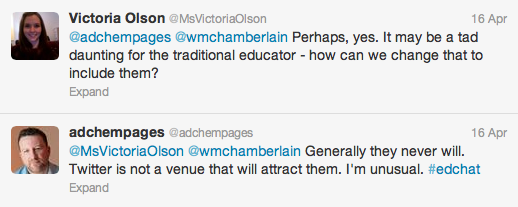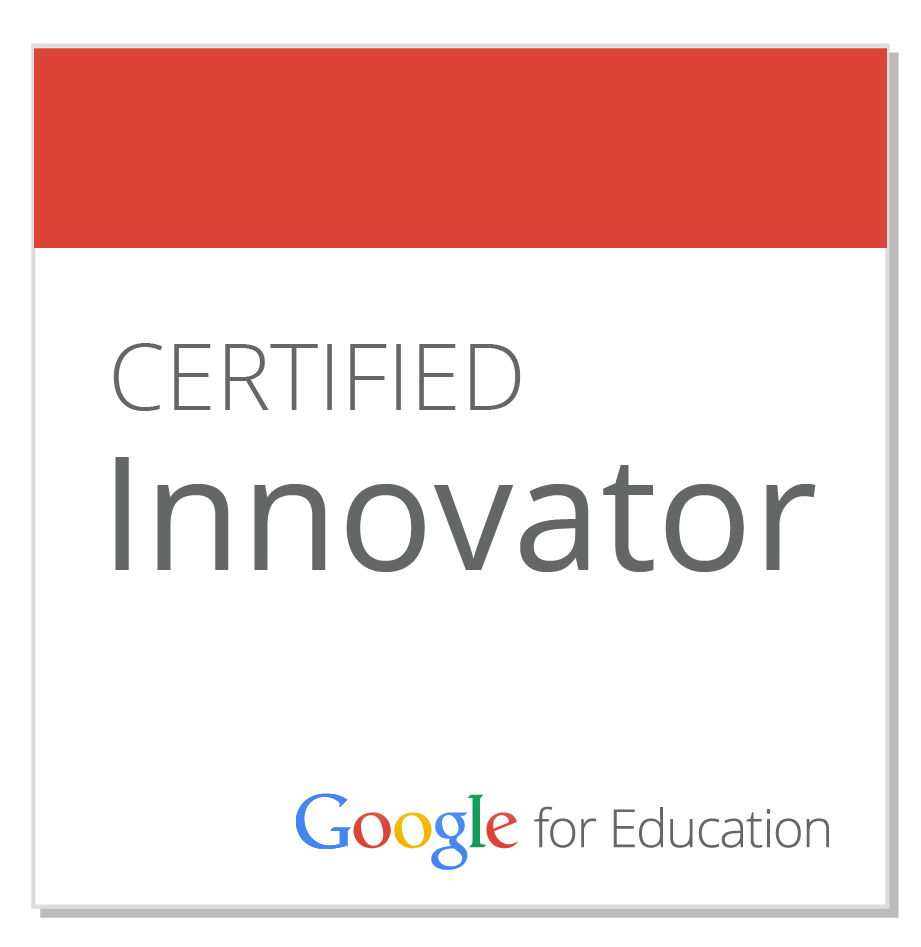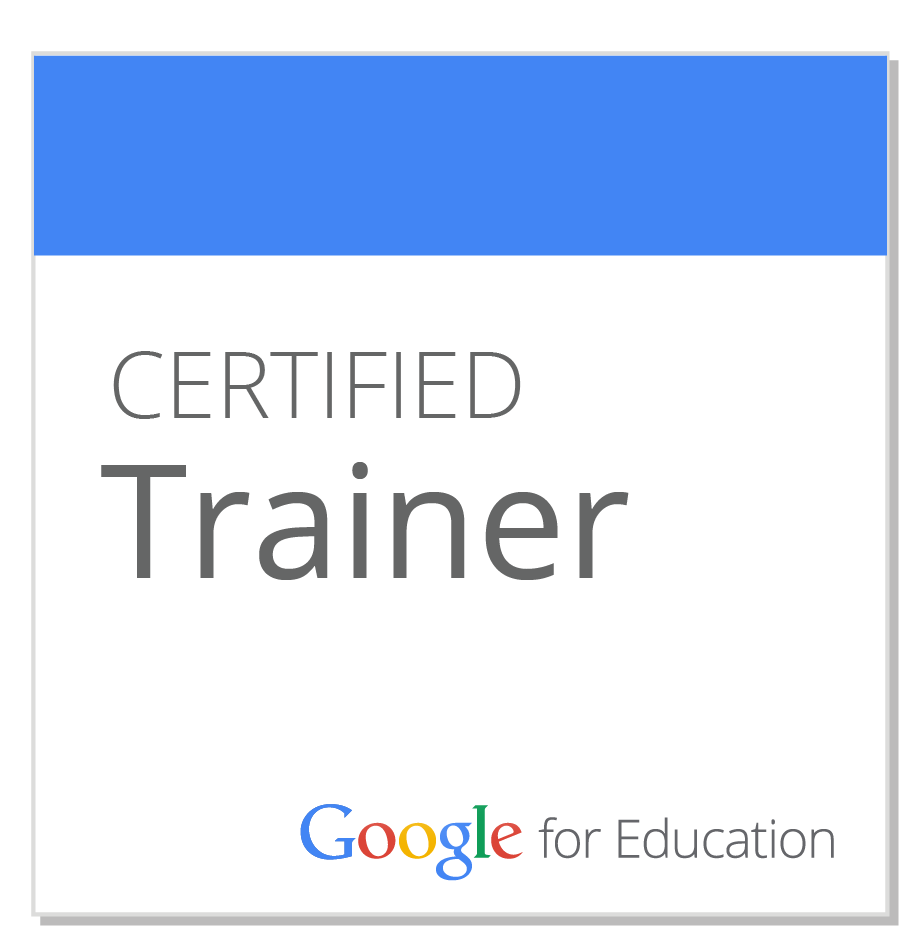
This is something that has been irking me as a teacher who has been hired to begin this school's tech integration initiative. There are so many educators who experience roadblocks with integrating devices or are terrified of changing a practice that has worked in their favour for years. Or perhaps they are using the devices but they are using them in a way that tech experts would scoff at - digital worksheets, PowerPoint, word processing - not what they have defined as transformative education, but adaptive to the needs of the prescribed curriculum. But hey, in my opinion, at least they're using it - that's a step in the right direction.
Evidence kept stacking up as I had a conversation with a self-proclaimed "traditional teacher" on Twitter. He argued that Twitter isn't a forum that attracts traditional educators for Pro-D purposes:
A few days later after that ed chat, I held a meeting for our staff regarding the direction of technology in our building in the coming year. The meeting ended up turning into somewhat of a debate of whether there was a need for more technology in the first place. We began the school year in September by bringing projection units into each of our classrooms, a big jump for our school, leaving some of our staff questioning the amount of money going into the technology pot.
This turned out to be a lesson not only in my young abilities to lead and facilitate a meeting with my colleagues but also in how to better help educators see the potentials that technology presents us. Sometimes showing a few apps or how I can move about the room with my projected iPad using AirServer isn't enough. Not every educator is going to have that "Ahhh, I could use that in my classroom in this way..." or "Ohh, I could do my Pro-D online through that site..." moment(s) immediately. These teachers know that the world of learning has changed. This isn't breaking news to them. But the majority of them (not all, but a majority nonetheless) are asking "How do I do it?" or "How can I push it further than what I know?" and are at a loss because the amount of support they need now or will need down the road to make the change isn't or won't always be there. So how do we support the true "beginner" and "novice" teachers in taking the first steps in the journey of adapting, modifying, or better yet, transforming their practices and allowing tech to fit into their world?
Some may argue that these teachers need to take it into their own hands to find professional development that supports tech in their programs. Let's remember the type of Pro-D that they're accustomed and will undoubtedly search for: workshops. A forum where time is limited, information is frequently disseminated via presentation software, and you might get a handout to take with you that you're probably not going to look at ever again anyways. And to speak to Pro-D that is tech-related, with the volume of devices trying to connect to the local network, there are often technical glitches that set individual users back and slow down the workshop decisively. I'm not saying that traditional professional development isn't a good place to start to learning about technology, but it's not enough to motivate transformation of instruction. Teachers who don't feel comfortable enough to develop their own PLN need continued support in order to find success in utilizing the tools that technology has to offer us.
It is up to leaders in the tech field whether they be admin, teachers, or support staff, to help other educators take the next step in creating globalized, student-centered education. This needs to be initiated first and foremost at the school level where educators can have access to immediate support in their tech skill acquisition through modelling, side-by-side teaching, and shadowing. Akin to student learners, teachers need repeated exposure, time to play and process, and critical, professional reflection on what tech can do to enhance their teaching and their learning.
Thanks for reading! Please leave a comment below or follow me on Twitter to get updates on new posts.










 RSS Feed
RSS Feed
